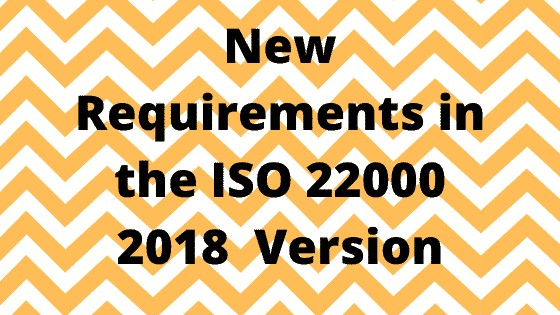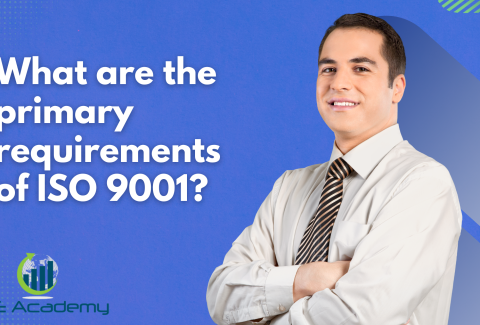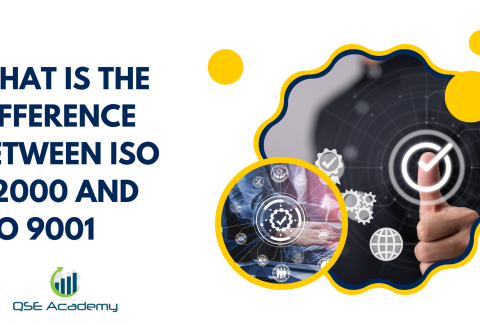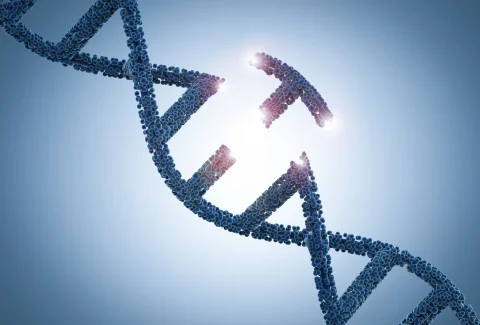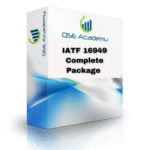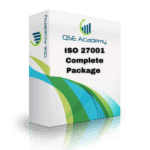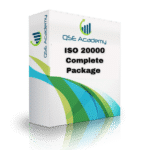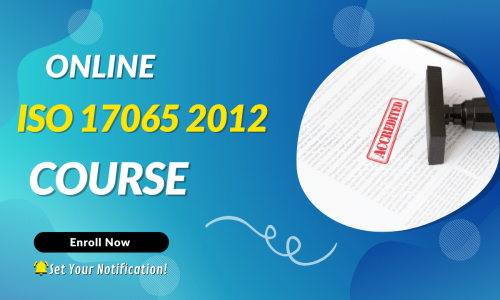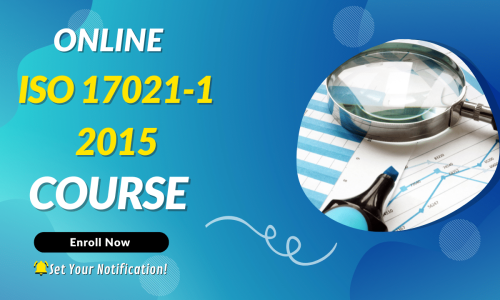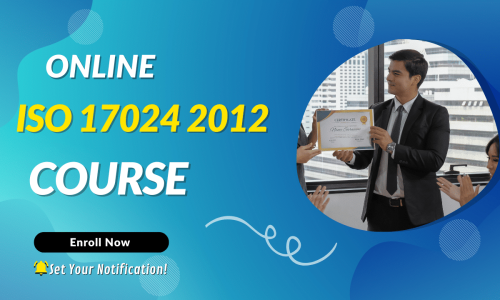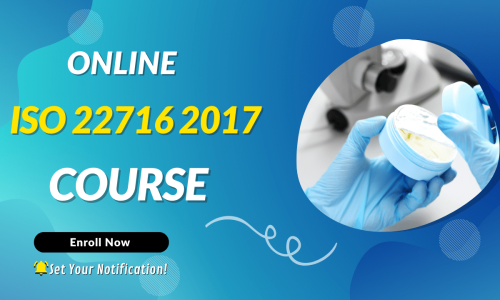New Requirements Of The ISO 22000 2018 Version
In this article, QSE Academy explains the new requirements of the ISO 22000 2018 version.
ISO 22000:2018 involves the ISO High-Level Structure. The HLS is prevalent for ISO standards.
The HLS prompted some of the changes in ISO 22000. Even so, some of those are specific for food safety management.
Requirements of the ISO 22000 2018 Basics
ISO 22000:2018 was released as an international standard on June 19, 2018.
Like other ISO standards, such as ISO 14001 and ISO 9001, ISO 22000 follows the same HLS structure.
Hence, it is now easier to integrate ISO 22000 with other management systems.
If you are familiar with the 2005 version of ISO 22000, then you know most of the requirements in the 2018 version.
However, there are differences between the two versions that you must know. In this way, your company can surely transition to ISO 22000:2018.
Changes in ISO 22000:2018
HLS Adoption and Its Effect
For business context and interested parties, Chapter 4.1 introduces new clauses for determining and monitoring the business content more systematically.
Meanwhile, Chapter 4.2 explains the needs and expectations of interested parties. It also covers demands that identify and understand factors that could impact the management system’s capacity to obtain desired outcomes.
There’s also more focus on leadership and management commitment. Chapter 5.1 includes demands for engaging and being accountable for the management system’s effectiveness.
In terms of risk management, Chapter 6.1 of ISO 22000:2018 requires companies to identify and consider taking action to risks that may affect the management system’s ability to produce its intended results.
Moreover, ISO 22000:2018 strengthened the emphasis on objectives being drivers for improving. Chapter 6.2 and Chapter 9.1 cover this change.
ISO 22000:2018 now has extended communication requirements. Chapter 7.4 is more prescriptive about determining what, how, and when to communicate.
On the bright side, ISO 22000:2018 has less strict requirements for the food safety manual. However, it still requires controlled documented information to guarantee food safety. Likewise, there’s no need to provide documented procedures.
Specific Changes to ISO 22000 and Food Safety Management
-
Simplification of the Plan-Do-Check-Act Cycle
The PDCA cycle now has two separate cycles in the standard working together. The first one covers the management system. The other PDCA cycle handles the HACCP principles.
-
Inclusion of Animal Food in the Scope
This covers food for animals not producing food for human consumption. Food producing animals consume the feed.
-
Definitions
‘Adverse health effect’ has replaced ‘harm’, which is now consistent with the food safety hazard’s definition.
ISO 22000:2018 also states ‘assurance’ emphasizes the relationship between the food product and consumer. This should be based on the assurance of food safety.
-
Food Safety Policy
Chapter 5.2.2 includes changes in communicating the food safety policy. It now obliges the management to help employees understand the policy.
-
Food Safety Management System Objectives
Chapter 6.2.1 of the ISO 22000:2018 sets objectives for the FSMS. It has added items such as ‘monitored’, ‘verified’, and ‘consistent with customer requirements’.
-
Control of Externally Provided Products, Services, and Processes
Chapter 7.1.6 implies the need to control the suppliers of processes, services, and products. This ensures ample communication of essential requirements to fulfill FSMS requirements.
Looking for More Resources on ISO 22000?
If you found this article helpful, explore our premium resources designed to help you achieve ISO 22000 certification efficiently:
- 📦 Complete Documentation Package for ISO/IEC 22000 2018: Get all the essential templates and documents you need for fast, easy implementation.
- 🎓 Online Course on ISO/IEC 22000 2018 : Enroll in our comprehensive training to master the key concepts and practical steps toward certification.
- 📋 ISO/IEC 22000 2018 Checklist: Download our detailed checklist to ensure you’ve covered every step of the process.
These resources are tailored to meet your needs and ensure a smooth certification journey. Explore them today and get one step closer to success!

